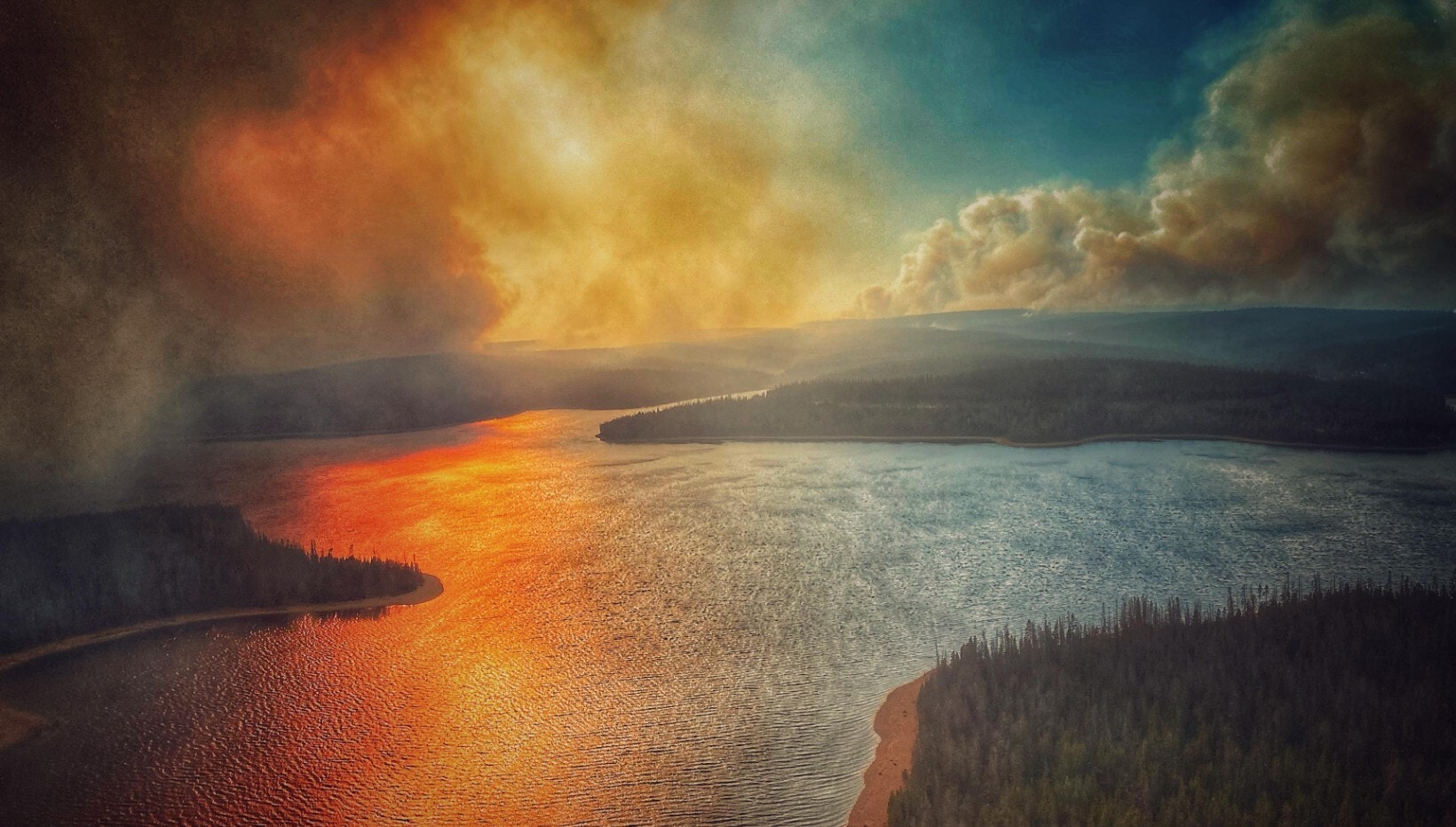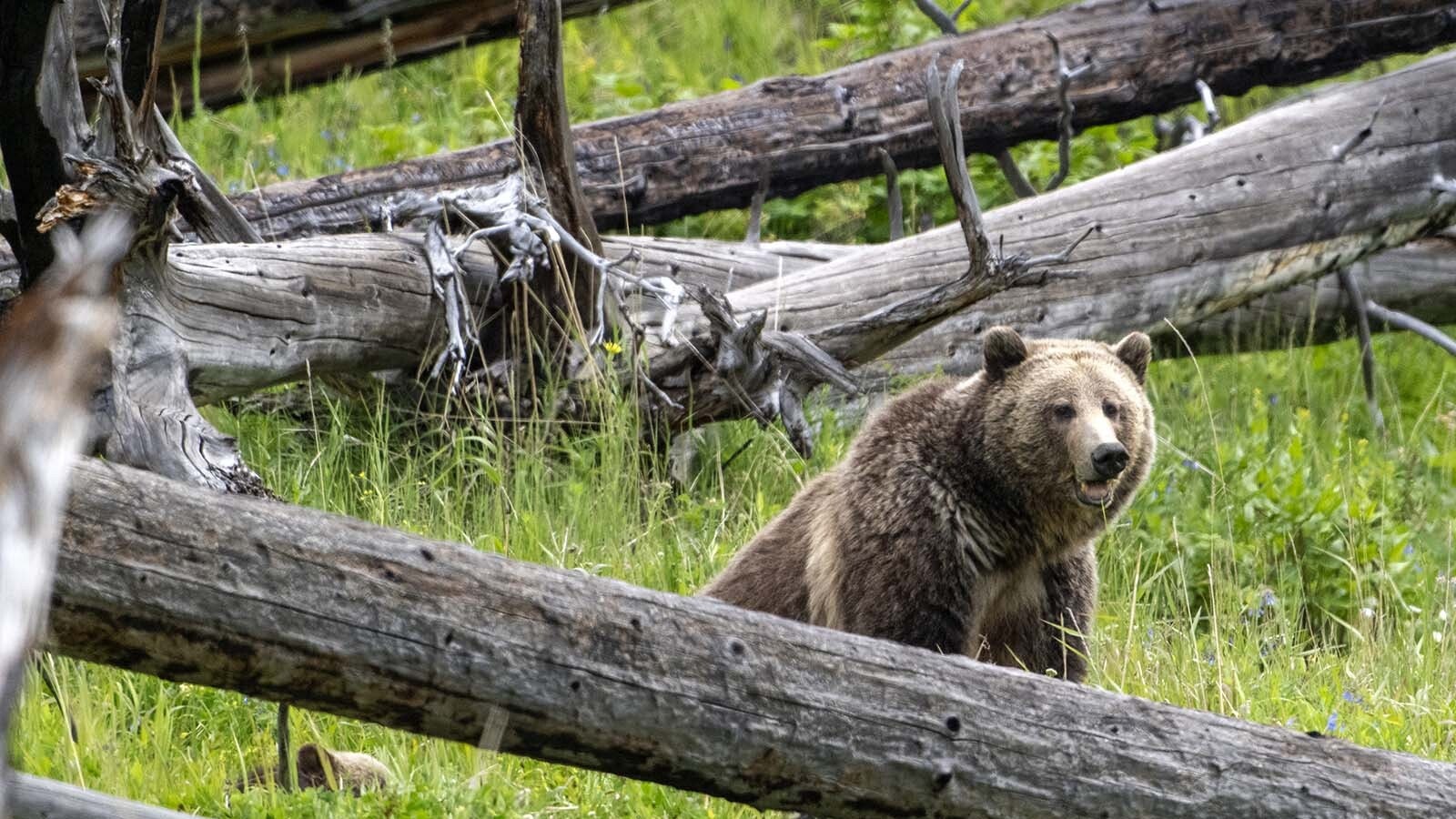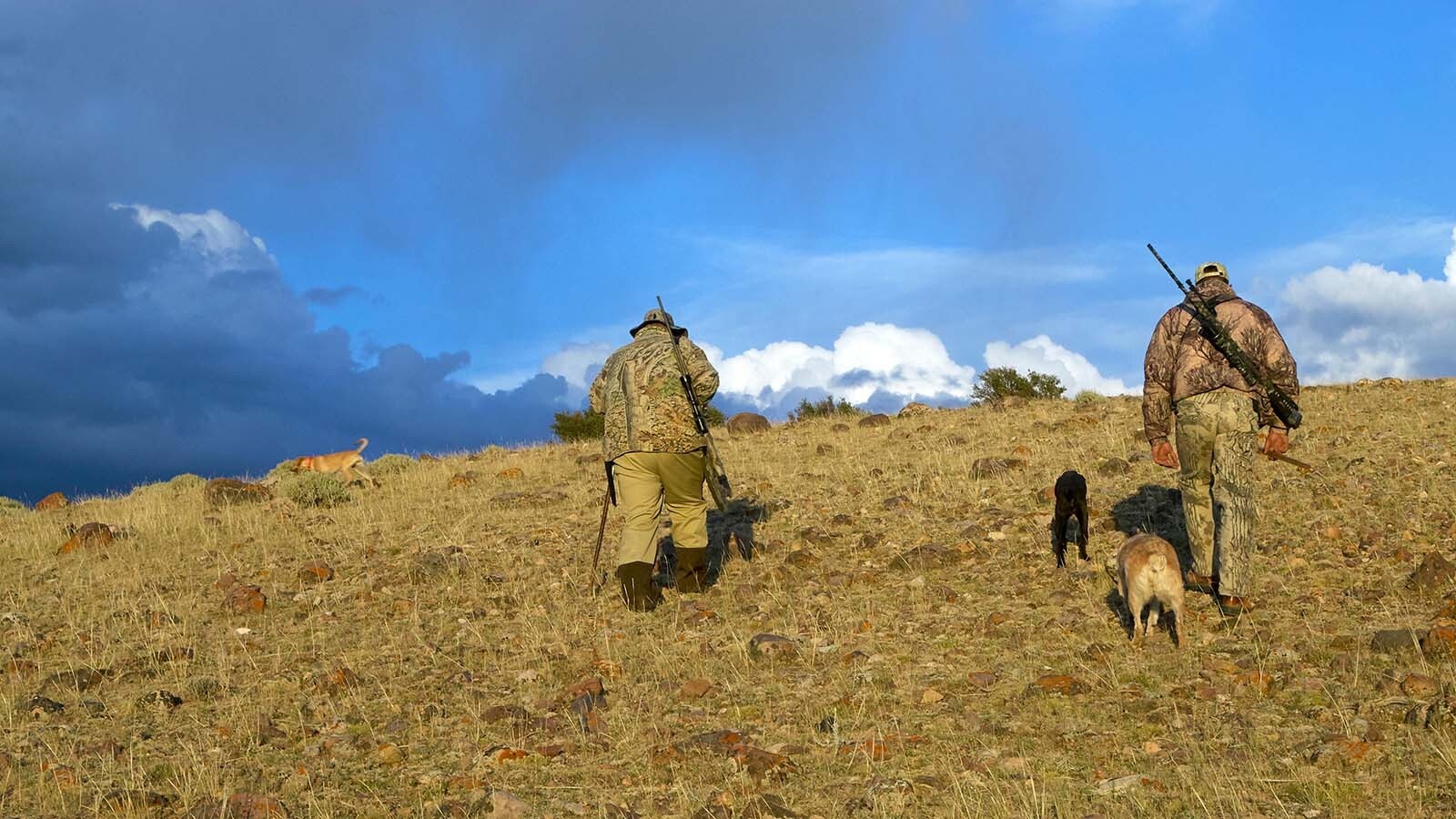A University of Wyoming professor has co-authored a new research paper stating that global warming is contributing to larger wildfires in the Rocky Mountain region.
“Global warming is causing larger fires in Rocky Mountain forests than have burned for thousands of years,” said Bryan Shuman, a professor in the UW Department of Geology and Geophysics. “The last time anything similar may have occurred was during a warm portion of the medieval era.”
Shuman was the main co-author of a paper, titled “Rocky Mountain Subalpine Forests Now Burning More Than Any Time in Recent Millennia,” that was published Monday in the Proceedings of the National Academy of Sciences, one of the world’s most prestigious science journals.
Shuman and his fellow researchers found that by November 2020, wildfires in southern Wyoming and northern Colorado were responsible for 72% of the total area burned in high-elevation subalpine forests since 1984.
In 2020, Colorado saw three of its largest wildfires on record.
The 2020 fire season saw distinctly higher rates of burning than in the last 2,000 years. The researchers used charcoal found in lake sediment records to assemble the fire history across the Rocky Mountains.
They discovered that since 2000, wildfires are burning nearly twice as much area, on average, compared to the last 2,000 years.
Over that 2,000-year period, fires in high-elevation, subalpine forests historically burned, on average, once every 230 years. In the 21st century, those fires now occur, on average, every 117 years.
Philip Higuera, a professor of fire ecology in the W.A. Franke College of Forestry and Conservation at the University of Montana, was the paper’s lead author. Kyra Wolf, a Ph.D. candidate in paleoecology and forest ecology at the University of Montana, also contributed to the paper.
Higuera and Shuman conceived and designed the study, while Higuera and Wolf analyzed the data to understand how current fire activity compared to wildfires of the past.
“As the 2020 fire season unfolded, we realized we already had a well-defined understanding of the fire history of many of the places burning, based on over 20 lake sediment records our teams had collected over the past 15 years,” Higuera says. “When the smoke settled, we thought ‘Wow, we may have witnessed something truly unprecedented here.’ So, we combined the existing records for the first time and compared them to recent fire activity. To our surprise, 2020 indeed pushed fire activity outside the range of variability these forests have experienced over at least the past two millennia.”
In the Rocky Mountains of northern Colorado and southern Wyoming, 840,000 acres have burned between 1984 and 2019. Another 660,000 acres burned in 2020.
Approximately 1.1 million acres burned in the past decade in the Colorado-Wyoming study area, even though only 400,000 acres, less than half as much, burned in the previous 25 years.
“The results indicate that, if fires continue to burn as often as they do now, every forest in the region could be burned by the beginning of the next century,” Shuman said. “In the past, it would have taken 200 to 300 years, if not longer, for fires to affect that much area.”
Subalpine forests are becoming less resilient and more susceptible to fires because the climate is warming, the researchers showed. Because humidity was extremely low, temperatures were high and storm events produced high winds, forest management had little impact on the 2020 fires.
The fires burned designated wilderness and national parks with limited fuel management, heavily managed areas with substantial timber removal and intact forest and areas with extensive beetle kill.
The extreme climate completely overrode all types of forest management, Shuman said.
“Snowfall in our high-elevation forests is lower now than in past decades, and summers are hotter. The changes convert trees into dry fuel, primed and ready to burn,” Shuman said. “With less snow now, the fire season lasts longer than before. When areas burn, the fires are bigger. They can burn longer.
Continual warming will reinforce newly emerging fire activity in these high-elevation forests, with significant implications for ecosystems and society, according to the paper.
“It may sound dire, but it’s critical to remember that we have ample opportunities to limit or reverse climate warming, while still working to adapt to the increasing fire activity expected in upcoming decades,” Higuera said.





